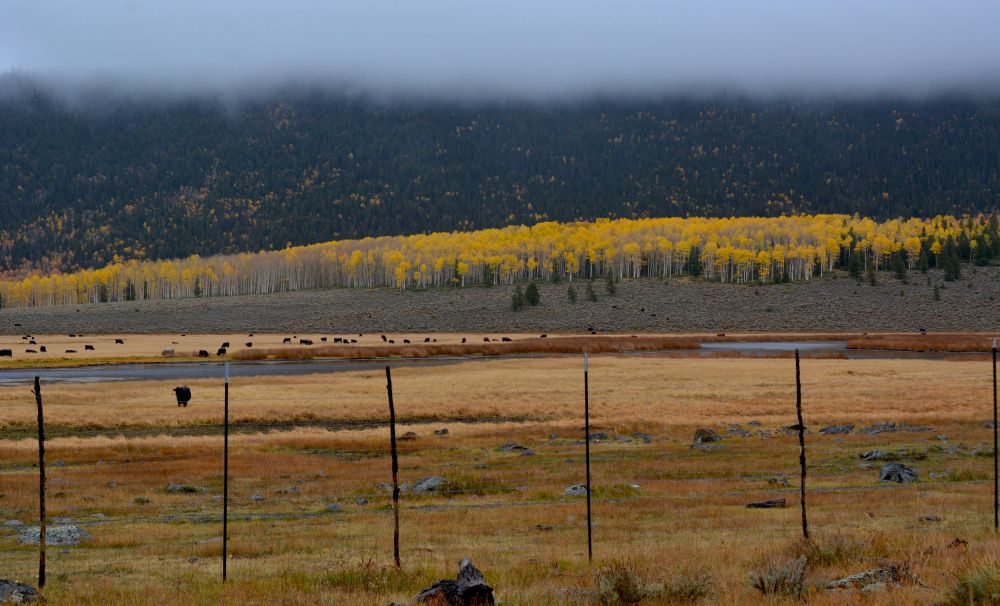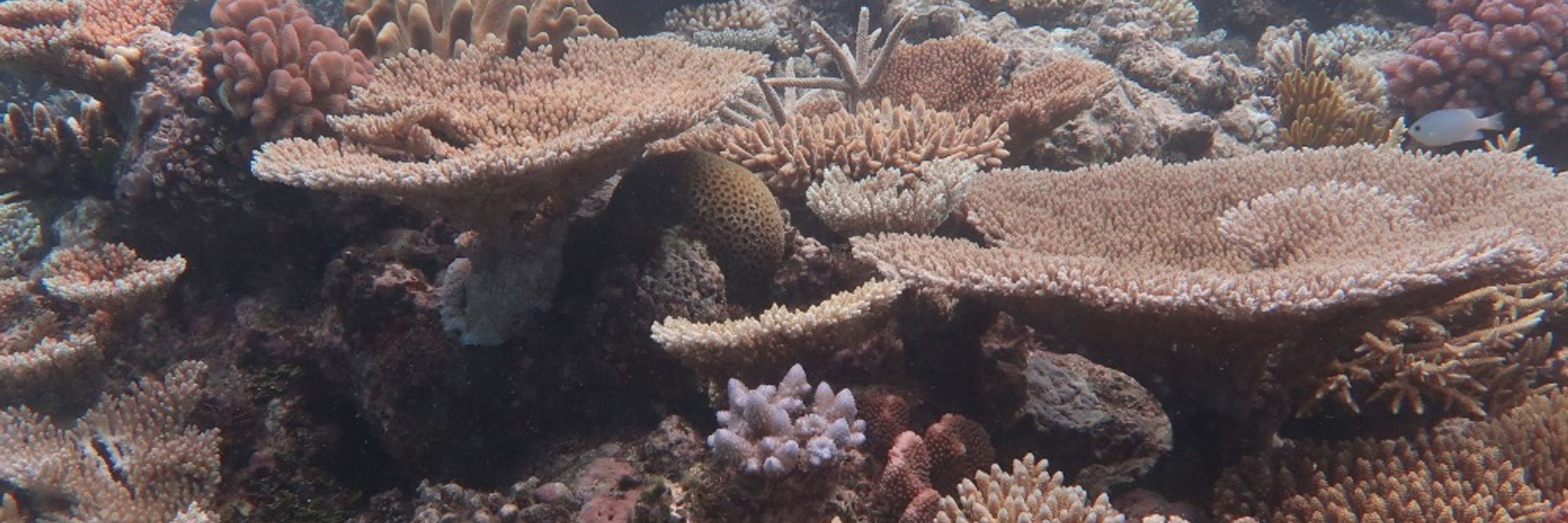
Principal investigator at the Carnegie Institution - Department of Embryology & Johns Hopkins University
www.biorxiv.org/content/10.1...
Read on below!
1/12 🧵

www.nature.com/articles/s41...
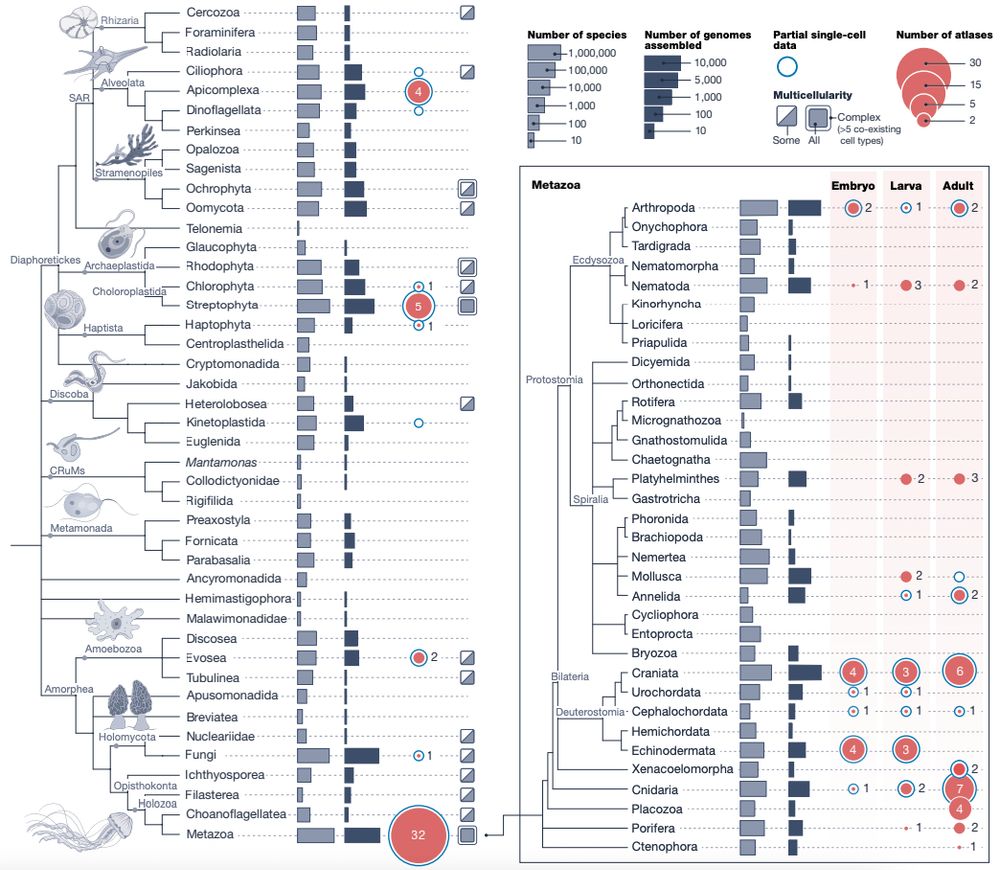
www.nature.com/articles/s41...
@currentbiology.bsky.social @mehrshmali.bsky.social

@currentbiology.bsky.social @mehrshmali.bsky.social



aprecruit.berkeley.edu/JPF05096

aprecruit.berkeley.edu/JPF05096

@MBLScience. We extended the deadline for
applications to Apr 14, 2025. www.mbl.edu/education/ad...
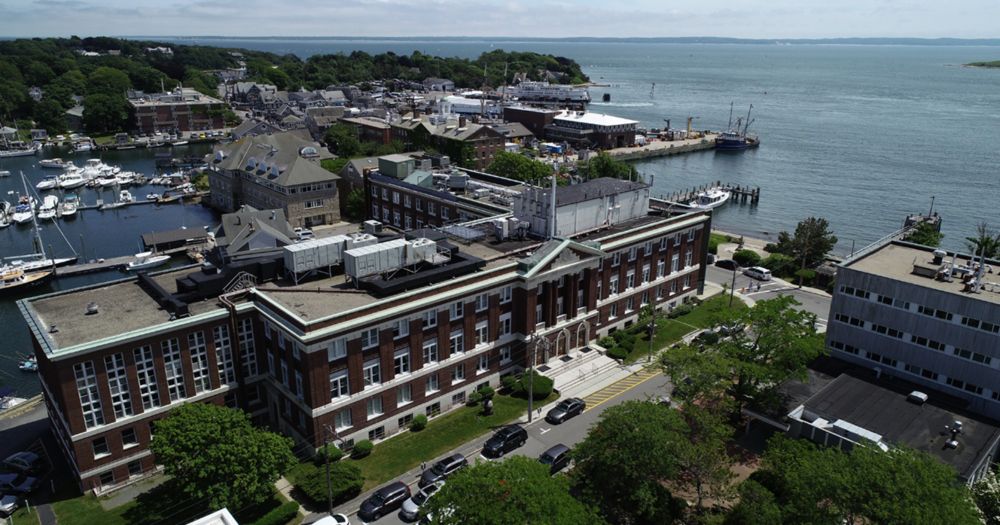
@MBLScience. We extended the deadline for
applications to Apr 14, 2025. www.mbl.edu/education/ad...
@pcleves.bsky.social
www.cleveslab.org

@pcleves.bsky.social
www.cleveslab.org
Registration is opening soon!
Learn more 👉 gimm.idloom.events/phd-summer-s...
@gimmfoundation.bsky.social @moorefound.bsky.social
@crc1182.bsky.social #CIFAR #CBR
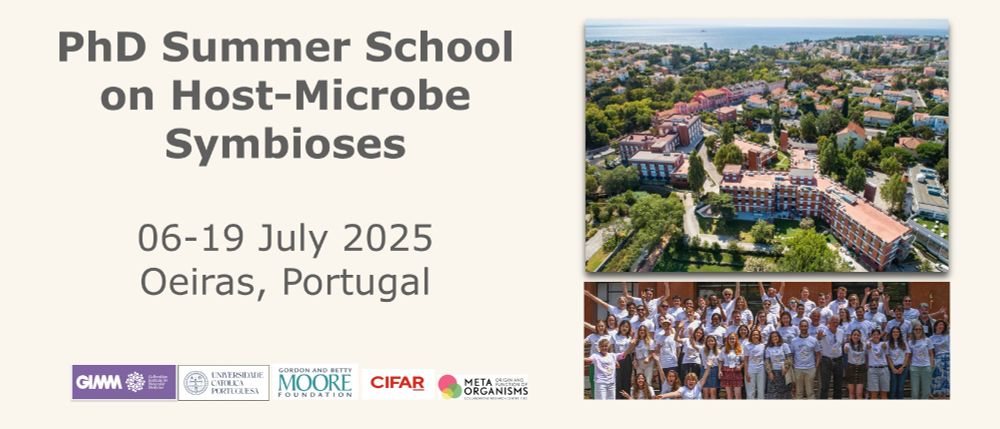
Registration is opening soon!
Learn more 👉 gimm.idloom.events/phd-summer-s...
@gimmfoundation.bsky.social @moorefound.bsky.social
@crc1182.bsky.social #CIFAR #CBR
We're advertising a fully-funded PhD studentship open to UK & International applicants!
www.findaphd.com/phds/project...
We are getting your future grad students ready, and plan on writing a book one day…maybe.
go.bsky.app/RnHK313
We are getting your future grad students ready, and plan on writing a book one day…maybe.
go.bsky.app/RnHK313
🦑🧪🌊
m.youtube.com/watch?v=whbe...
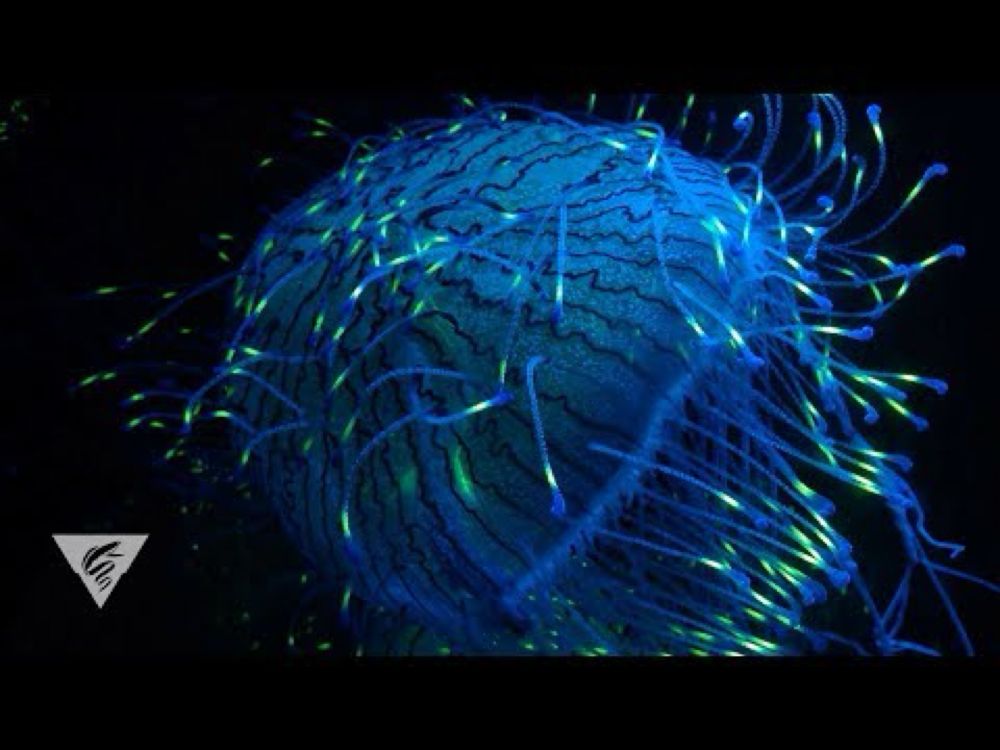
🦑🧪🌊
m.youtube.com/watch?v=whbe...
Microbiology and cancer are deeply intertwined, and this is our first foray into the cancer field. We asked: how do bacteria activate innate immunity in tumors to elicit anti-cancer responses?
www.sciencedirect.com/science/arti...

Microbiology and cancer are deeply intertwined, and this is our first foray into the cancer field. We asked: how do bacteria activate innate immunity in tumors to elicit anti-cancer responses?
www.sciencedirect.com/science/arti...
Version taken from a 16 mm video made by David Elliot Rogers @VanderbiltU in the 1950s !
(as @mag2art.bsky.social says "the Citizen Kane of #Microscopy)
#CellMigration @focalplane.bsky.social
Version taken from a 16 mm video made by David Elliot Rogers @VanderbiltU in the 1950s !
(as @mag2art.bsky.social says "the Citizen Kane of #Microscopy)
#CellMigration @focalplane.bsky.social
Ever wonder how #TADs compare across the tree of life?Look no further & read our Review!!!
Find out what genes & 3D chromatin can & can't do in Bacteria! Archeae! Yeast! Plants! Animals!
SMCs & RNA-Pol are the only thing they have in common
www.nature.com/articles/s41...
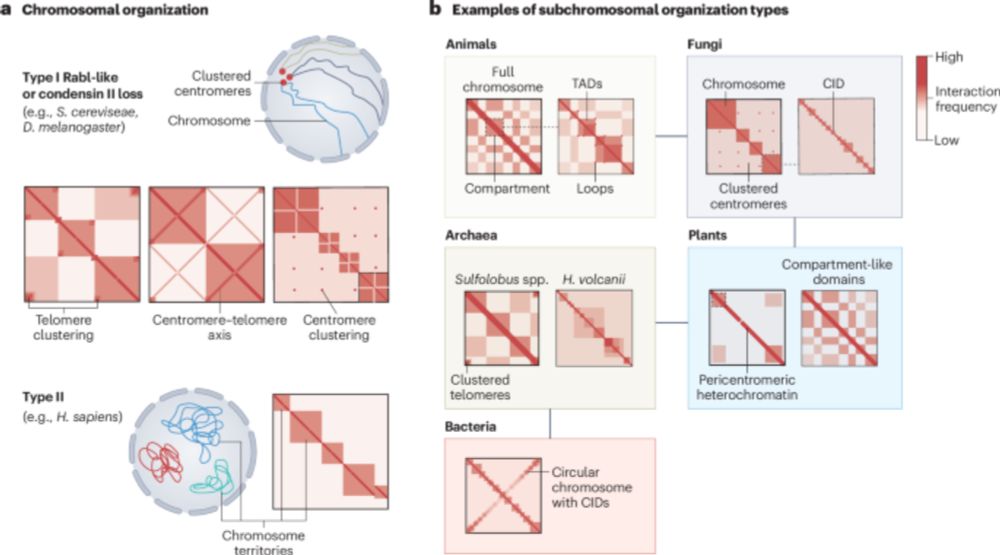
Ever wonder how #TADs compare across the tree of life?Look no further & read our Review!!!
Find out what genes & 3D chromatin can & can't do in Bacteria! Archeae! Yeast! Plants! Animals!
SMCs & RNA-Pol are the only thing they have in common
www.nature.com/articles/s41...

See you in Woods Hole! mbl.edu/courses
🧪🐙🦑🧠🐟

Now out in Nature Communications (open access)! rdcu.be/dZGNe
(1/11)

Now out in Nature Communications (open access)! rdcu.be/dZGNe
(1/11)
